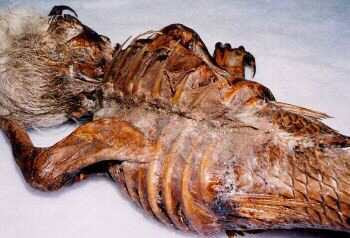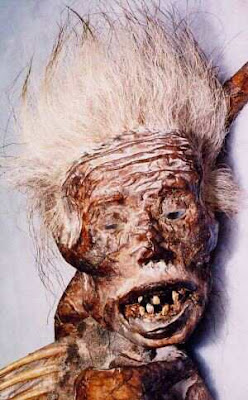 The Mausoleum of Halicarnassus, Turkey
The Mausoleum of Halicarnassus, TurkeyThe famous tomb at Halicarnassus—now the city of Bodrum—was built between 370 and 350 B.C. for King Mausolus of Caria, a region in the southwest of modern Turkey. Legend says that the king's grieving wife Artemisia II had the tomb constructed as a memorial to their love.
Mausolus was a satrap, or governor, in the Persian Empire, and his fabled tomb is the source of the word "mausoleum." The structure measured 120 feet (40 meters) long and 140 feet (45 meters) tall.
The tomb was most admired for its architectural beauty and splendor. The central burial chamber was decorated in gold, while the exterior was adorned with ornate stone friezes and sculptures created by four Greek artists.
The mausoleum stood intact until the early 15th century, when Christian Crusaders dismantled it for building material for a new castle. Some of the sculptures and frieze sections survived and can be seen today at the British Museum in London, England.








